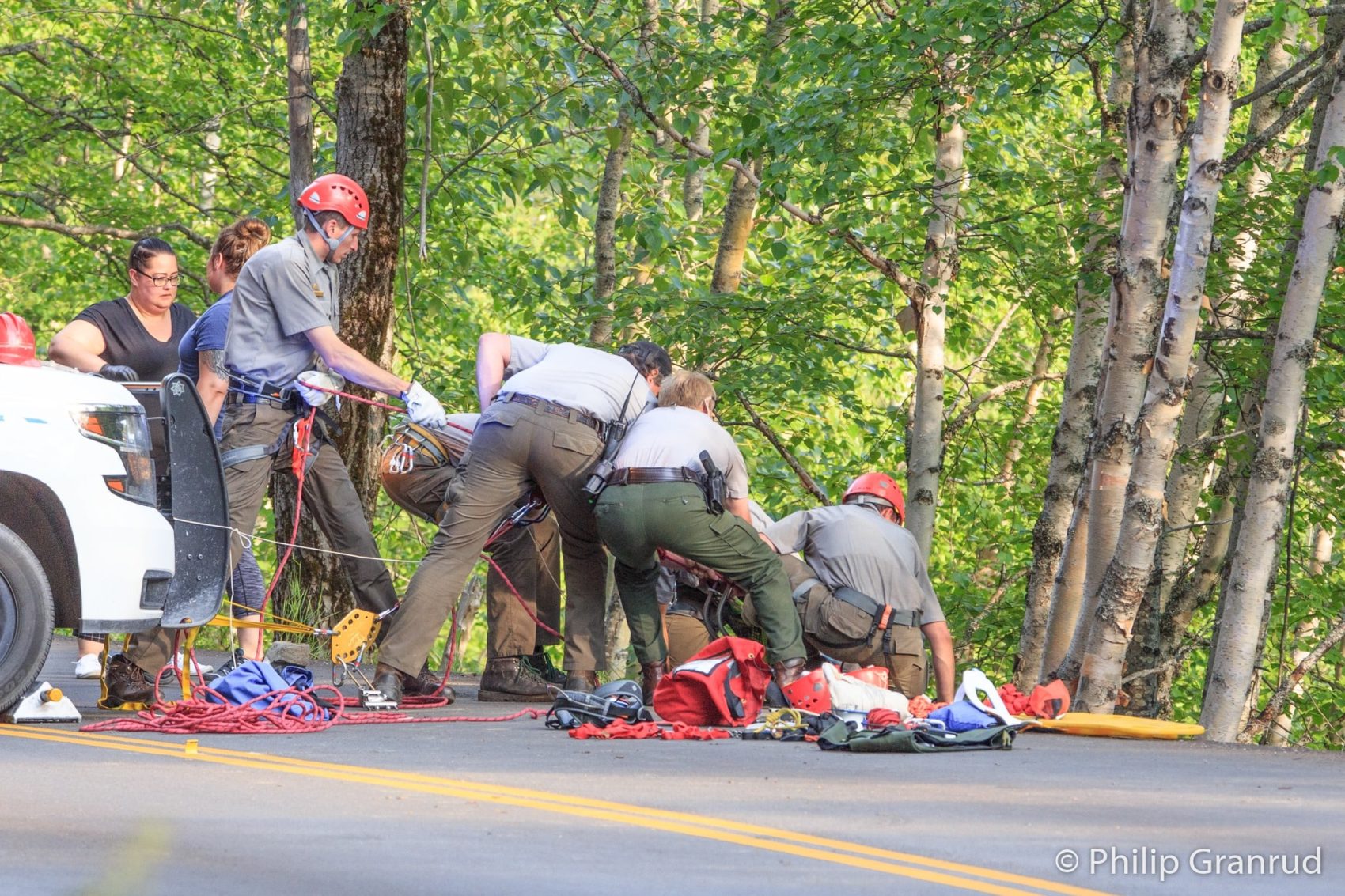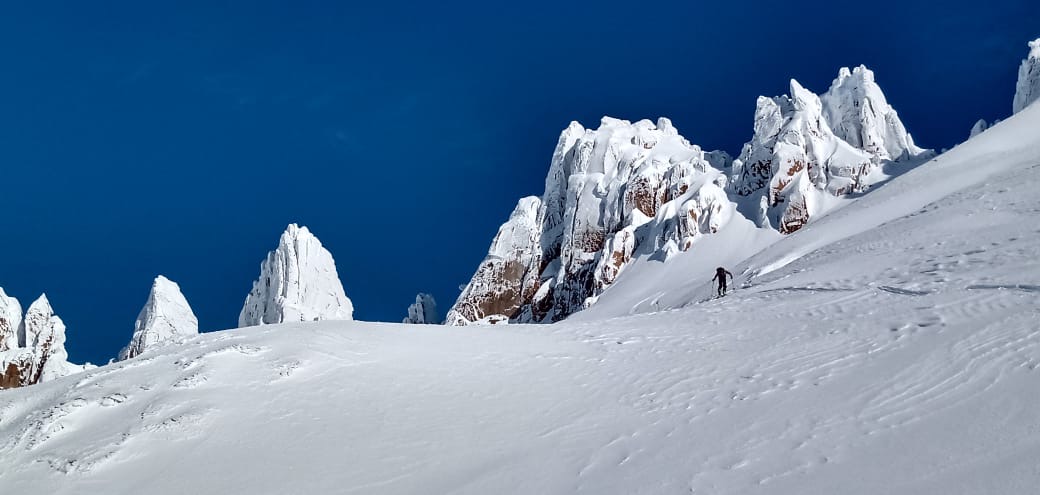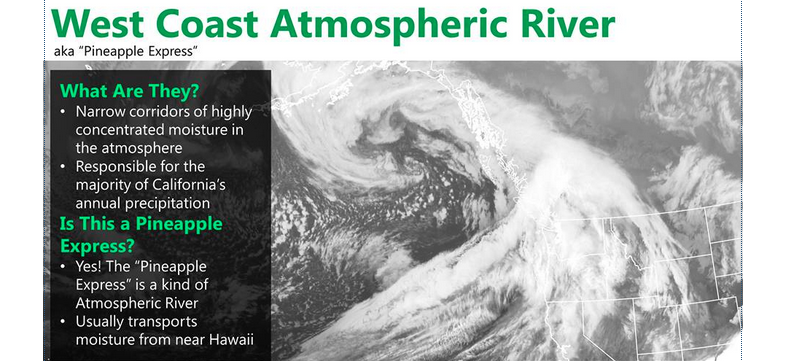[iframe id=”https://www.facebook.com/plugins/video.php?href=https%3A%2F%2Fwww.facebook.com%2Ftodd.orr%2Fvideos%2F10210413734089030%2F&show_text=0&width=400″ align=”center” mode=”normal” autoplay=”no” aspect_ratio=”9:16″ grow=”no”]
You’ve probably heard of the Montana guy who survived grizzly bear attack.. Todd Orr recorded this video only a few hours after he was attacked by grizzly bear twice!
So, what is the right thing to do if you encounter a bear on a trail?
We all know there are few bear species—black bear, brown bear, grizzly, polar bear.
The black bear is the North America’s smallest and most widely distributed bear species. Black bears are omnivores with their diets varying greatly depending on season and location. They typically live in largely forested areas, but do leave forests in search of food. Sometimes they become attracted to human communities because of the immediate availability of food. The American black bear is the world’s most common bear species. Up to 85% of the black bear’s diet consists of vegetation, though they tend to dig less than brown bears, eating far fewer roots, bulbs, corms and tubers than the latter species.

Grizzlies are much bigger. Most adult female grizzlies weigh 130–180 kg (290–400 lb), while adult males weigh on average 180–360 kg (400–790 lb). Average total length in this subspecies is 198 cm (6.50 ft), with an average shoulder height of 102 cm (3.35 ft) and hindfoot length of 28 cm (11 in).
Grizzlies are considered more aggressive compared to black bears when defending themselves and their offspring. Unlike the smaller black bears, adult grizzlies do not climb trees well and respond to danger by standing their ground and warding off their attackers. Mothers defending cubs are the most prone to attacking, and are responsible for 70% of humans killed by grizzlies.
With hiking and backpacking becoming very popular, increased human–bear interaction has created “problem bears”: bears adapted to human activities or habitat. Aversive conditioning using rubber bullets, foul-tasting chemicals, or acoustic deterrent devices attempt to condition bears to associate humans with unpleasantness, but is ineffectual when bears have already learned to positively associate humans with food. Such bears are translocated or killed because they pose a threat to humans. The B.C. government kills approximately 50 problem bears each year and overall spends more than one million dollars annually to address bear complaints, relocate bears and kill them.

Grizzly bears are especially dangerous because of the force of their bite, which has been measured at over 8 megapascals (1160 psi). It has been estimated that a bite from a grizzly could even crush a bowling ball.

According to Yellowstone National Park statistics, during the 35-year period from 1980-2015, there have been 34 human injuries caused by grizzly bears in the backcountry, an average 1 per year.
Even though the number is pretty low, there is still a chance that hikers can be injured or killed while hiking in bear’s county. Recently Yellowstone launched a campaign called “A Bear doesn’t care” to attract people’s attention to bear safety.
The data collected by park scientists revealed that only 28 percent of visitors who enter the park’s backcountry carry bear spray. Studies show that bear spray is more than 90 percent effective in stopping an aggressive bear, in fact, it is the most effective deterrent when used in combination with regular safety recommendations—be alert, make noise, hike in groups of three or more, and do not run if you encounter a bear.
Many of us have heard the following: “If it’s black fight back, if it brown lie down” But is it really true in all cases?
Here is an article about how different bear characters could shape their reactions. For example, being submissive or “playing dead” with a curious bear could cause the bear to become predatory.
It’s also always open discussion on whether to carry guns or bear spray.. I’m myself opposing gun usage and would definitely prefer something less destructive..
Studies suggest that bear spray is effective at reducing the risk of injury or death in these situations. While bear spray can be effective, authorities stress that proper bear-awareness and avoidance techniques are the best ways to minimize injuries due to human–bear conflict.
So, what do you think? Tell us what would you do if you would encounter bear on the trail?
Stay safe! Carry bear spray, enjoy the nature and see you on the trails!





im a bear i I don’t I don’t care cuz im a bear
Bear spray was ineffective for the guy in the video. As he stated, the bear just ran right through it. It probably aggravated her more than anything. In grizzly country I would carry a firearm, 10mm is the best option. In black bear country, bear spray is probably effective enough but I would still opt for a gun.
It¨s so easy …… you need not do anything. The bear will care for everything by him(her)self !!!!!!!!!!